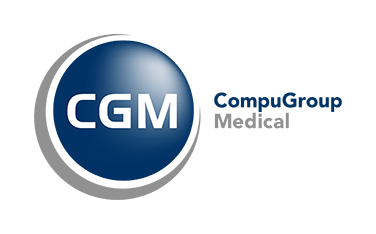According to a report published by the Centers for Disease Control and Prevention (CDC), there was a 154% increase in telehealth visits during the last week of March 2020, compared with the same period in 2019. When telemedicine became common practice during the COVID-19 pandemic, clinicians began rapidly adopting and using Remote Patient Monitoring (RPM).
With the dramatic rise in telemedicine, many providers want to take a closer look at RPM and the opportunities this capability can offer.
What is remote patient monitoring?
Popular among patients and practices, RPM enables healthcare providers to monitor their patients’ chronic illnesses, even when patients and providers are in different locations. Remote patient monitoring uses technology tools to capture remotely measured vital signs in real-time and send them to the provider.
Originally developed for monitoring older patients with moderate to severe chronic illnesses, remote patient monitoring capabilities have expanded to increase access to care and to limit the spread of infectious disease.
How does remote patient monitoring work?
Patients use non-invasive RPM devices at home that automatically record and transmit values such as:
- Blood oxygen
- Pulse
- Blood pressure
- Blood sugar
- Body temperature
- Weight
As a result, providers can remotely monitor these values and stay informed about their patients’ progress. This functionality allows providers to see if procedures and/or medication changes are proceeding according to the treatment plan.
Some RPM tools operate on secure, cloud-based server architecture, which enables physicians to log in from any device to check measurements and results. This is a critical capability for providers when they receive an alert about a result that’s beyond a predetermined threshold.
With remote patient monitoring tools that offer an alert system, providers can set a threshold value that automatically lets them know when their patients’ measurement value rises or falls out of the acceptable range. Providers may be able to give their patients with chronic diseases including diabetes, heart failure, and COPD more immediate medical attention due to these alerts.
How do patients and practices benefit?
Practices and patients benefit from remote patient monitoring.
An RPM solution enables providers to keep close tabs—easily and efficiently—on their patients with chronic illnesses. Additionally, practices can help protect the health of both patients and staff by treating at-risk patients remotely.
Providers can leverage an opportunity to increase their practice’s revenue by expanding their reach and supporting the treatment of immobile or distant patients. Patients who require high quality remote care can achieve better outcomes with better access to providers, more immediate care, and closer monitoring of their chronic conditions. According to the US Department of Health and Human Services, using virtual health care tools can expand the range of patient access to specialists.
Does Medicare cover remote patient monitoring?
Yes, Medicare covers remote patient monitoring. In fact, opportunities for reimbursement may be expanding. In 2021, the Centers for Disease Control and Prevention made changes to their Physician Fee Schedule that opened the door to improved reimbursement for remote patient monitoring. Moving forward, this remote healthcare service could be used for patients with both acute and/or chronic conditions.
What is the ROI on RPM?
With Medicare reimbursements, practices could earn up to $720 per patient, per year.
Additionally, providers may want to factor into the equation the savings in money and time they could achieve by collecting patients’ data automatically through remote patient monitoring, which offers easy access to this information for immediate review. Practices also could expand their reach, targeting more distant patients than before.
What’s the difference between remote patient monitoring and telehealth?
Remote Patient Monitoring is a sub-category of telehealth. Telehealth is the use of electronic information and telecommunication technologies to provide clinical health care through remote methods, which can include live video chats between providers and patients, chat messaging, and secure file exchange.
Rev up your RPM
Expanded use of telemedicine during the COVID-19 pandemic has heightened the popularity of RPM. It has raised awareness of the opportunity to increase a practice’s bottom line while improving outcomes for patients who require high quality remote care.
Ready to accelerate your practice with a remote patient monitoring solution? Find out more about CGM RPM Remote Patient Monitoring.

